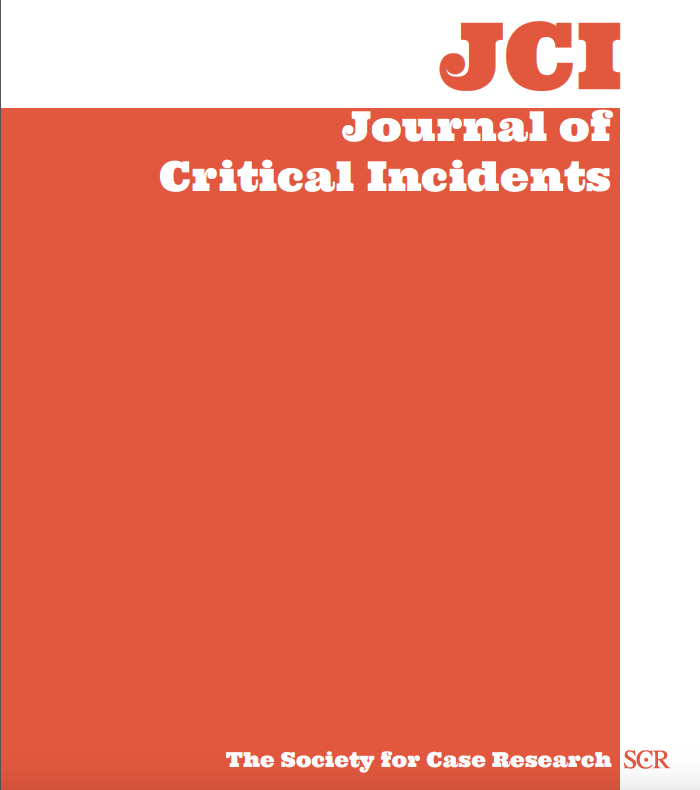Lessons and Legacy of Arthur Andersen: Teaching Ethics in Business

This descriptive critical incident explores the perspective of Dean Larry DeBrock, the former dean of a top-ranked business school, who later became one of the first instructors of Business 101 after stepping down from his role as dean. While the ethical scandal of Arthur Andersen may seem far from related to DeBrock becoming a Business 101 instructor, the two events are in fact closely connected, which becomes more apparent as readers follow DeBrock’s footprints over the years before and after the Arthur Andersen scandal. The inception of Business 101 highlights the ripple effect of unethical practices, trickling down through various stakeholders including employees, clients, universities, and business students. This critical incident is unique in featuring a field in business where standards have been spelled out and tied clearly to the purpose of the profession, specifically, accountancy. Learners assess the complex fallout of ethical failure in business, analyze stakeholder perspectives, and evaluate the leadership required even by those not directly responsible for the failure.
Upon completion of this assignment, students should be able to:
1. Evaluate the importance of ethical standards in a business profession
2. Identify and analyze the impact of a firm’s wrongdoing on various stakeholders
3. Formulate and assess leaders’ possible responses to unethical behavior, especially behavior for which they are not directly responsible
4. Assess a firm’s complex legacy, focusing on both the positive and negative effects
